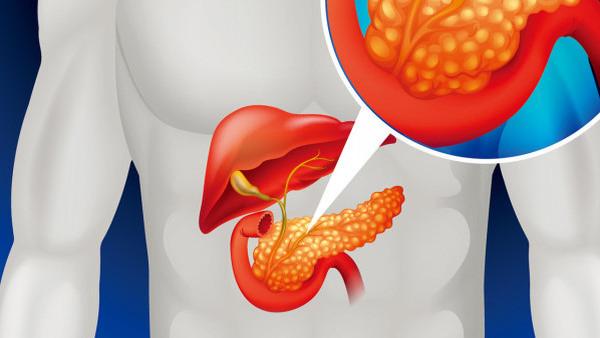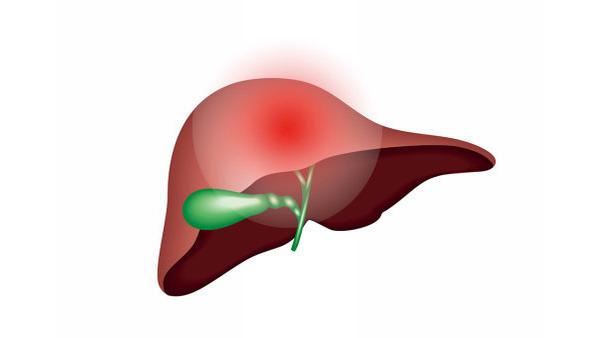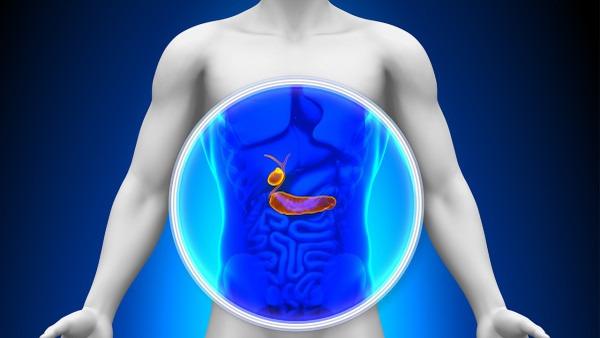胆管癌背后疼痛怎么办
 胆管癌疾病编辑
胆管癌疾病编辑
 胆管癌疾病编辑
胆管癌疾病编辑
Title: Coping with the Pain Behind Bile Duct Cancer
Introduction:

Bile duct cancer, also known as cholangiocarcinoma, is a rare but aggressive form of cancer that affects the bile ducts, the tubes that carry bile from the liver to the small intestine. Along with the challenges that come with a cancer diagnosis, individuals with bile duct cancer often experience pain behind the tumor, which can significantly impact their quality of life. This article aims to explore various strategies and management techniques to help individuals cope with the pain associated with bile duct cancer.
Understanding the Source of Pain:
The pain experienced in bile duct cancer is typically caused by the tumor pressing against nearby nerves or obstructing the normal flow of bile. It may present as a dull ache or a sharp, persistent pain in the upper abdomen, accompanied by other symptoms such as jaundice, weight loss, fatigue, and digestive issues. Pain management plays a crucial role in palliative care for individuals with bile duct cancer.
Consulting Healthcare Professionals:
When dealing with pain related to bile duct cancer, it is important to consult with healthcare professionals who specialize in pain management or palliative care. They can assess the severity of the pain, identify its source, and develop an individualized pain management plan.
Medication Options:
Several medications can help alleviate pain in individuals with bile duct cancer. Non-steroidal anti-inflammatory drugs (NSAIDs) may provide relief for mild to moderate pain. Stronger medications, such as opioids, can be prescribed for more severe pain. However, it is important to work closely with healthcare professionals while using opioids to manage pain effectively while minimizing potential side effects.
Interventional Procedures:
In some cases, interventional procedures can provide additional pain relief. Common procedures include nerve blocks, where a local anesthetic is used to block pain signals from reaching the brain, and stent placement, which helps to alleviate bile duct obstruction and reduce associated pain. These procedures are typically performed by pain specialists or interventional radiologists.
Alternative Therapies:
In conjunction with medical interventions, alternative therapies can complement pain management strategies for individuals with bile duct cancer. Techniques such as acupuncture, massage therapy, and relaxation exercises like deep breathing or meditation may help reduce pain, promote relaxation, and improve overall well-being. However, it is important to discuss these approaches with healthcare professionals to ensure they are safe and suitable for individual circumstances.
Emotional support:
Dealing with pain can take an emotional toll on individuals with bile duct cancer. Seeking emotional support from loved ones, joining support groups, or seeking counseling can help in coping with the challenges of pain and cancer. Emotional support provides a sense of comfort, reduces feelings of isolation, and empowers individuals to better manage their pain.
Conclusion:
Coping with pain associated with bile duct cancer requires a comprehensive approach that involves medication, interventional procedures, alternative therapies, and emotional support. It is crucial for individuals with bile duct cancer to work closely with their healthcare team to develop a personalized pain management plan that addresses their specific needs. By doing so, individuals can strive for a better quality of life while managing the challenges presented by bile duct cancer.




